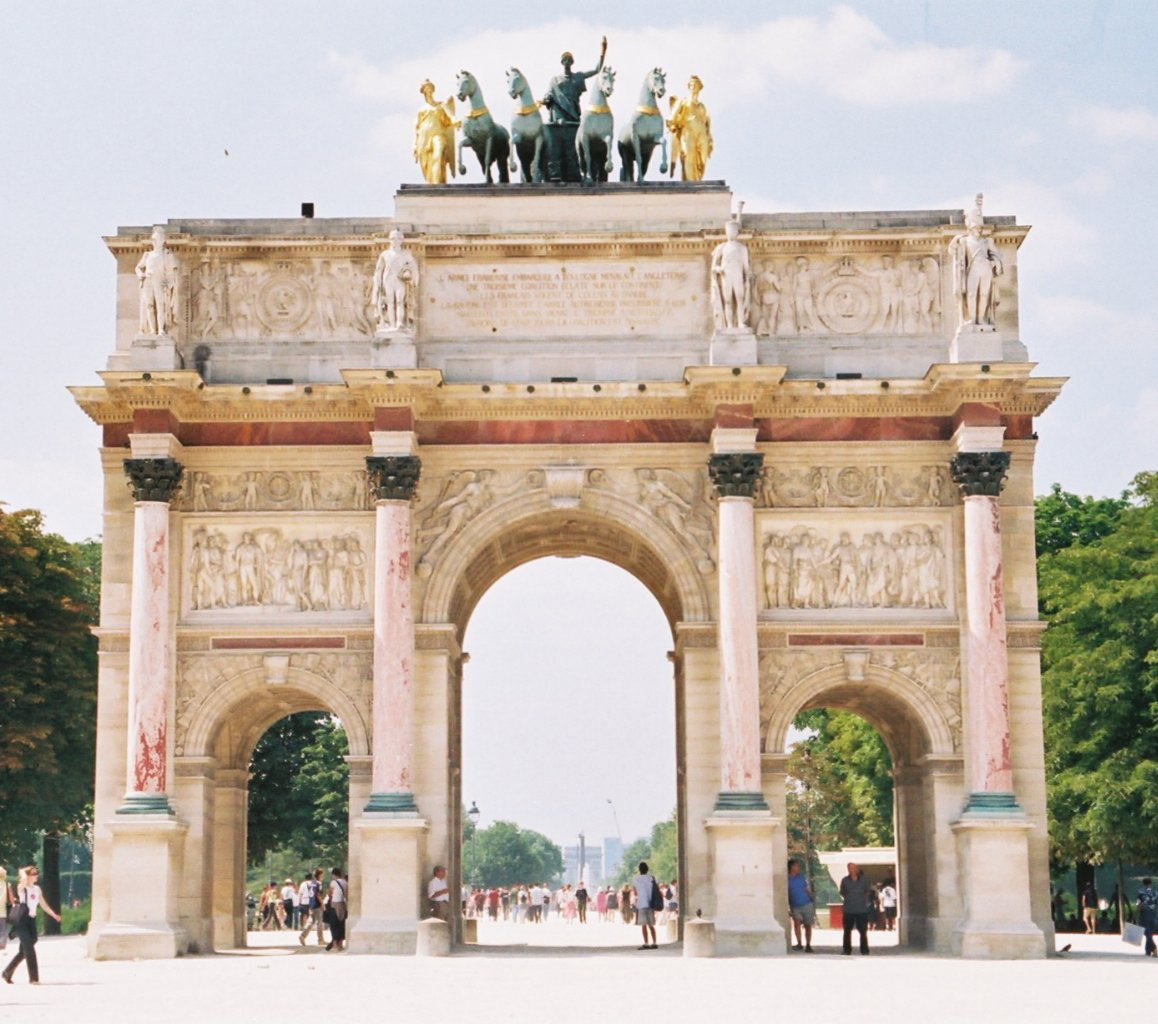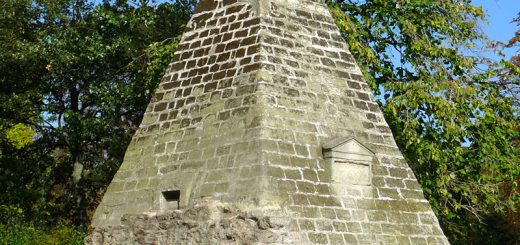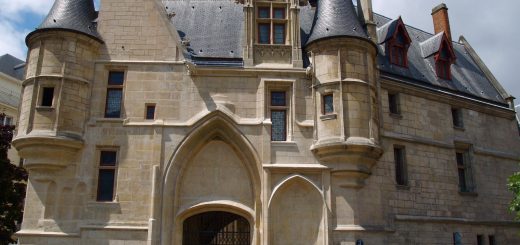On the tracks of the Middle Ages in Paris
The remains of the Middle Ages are rare in Paris. The major works of the 19th century, in particular, made a large part of the medieval town disappear. However, with the Androïd application A walk in Paris, you will be able to discover some emblematic monuments of this period through a guided tour itinerary. Here is an overview of the main locations.
The wall of Philippe Auguste
At the end of the 12th century, Philippe Auguste decided to provide Paris with a new fortified wall. He was then at war against the Plantagenets who owned land over the entire west coast of France, and, incidentally, had the title of King of England.
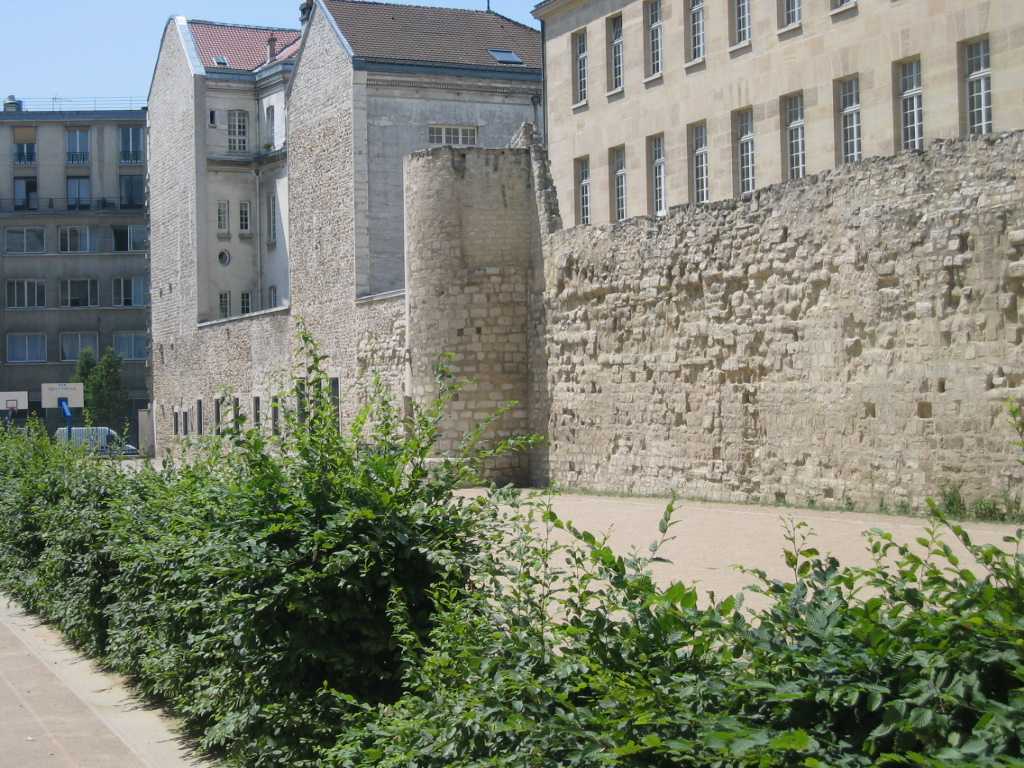
These fortifications were quite spectacular, with a wall that ranged from 6 to 8 meters in height, was 5-kilometer long in total, and had a tower every 60 meters. The Louvre fortress, facing West, was meant to protect the passage of the Seine. The main portion still standing can be found rue des Jardins St-Paul.
This wall was never used for the defense of the city. But, later, it was very useful for people who wanted to build houses in this area. Because it was reused for the constructions, many portions of the walls, as well as towers, are still visible today, and it is the fortification that has left the most remains in Paris.
Hotel de Sens
You can still see four mansions from the Middle Ages in Paris. These are the hotels of Cluny, Sens, Clisson and Burgundy (Jean the Fearless Tower).

Although much of it had to be rebuilt during the 20th century, Hôtel de Sens is a superb testament to medieval residential architecture. Among the main features:
- The existence of fortification elements. The mansion still appeared to be a small fortified castle, which will no longer be the case for Renaissance mansions.
- The absence of symmetry in the buildings or openings.
- The very meticulous work of the stone, which can be seen in particular around the mullioned windows (in the center and at the top of the image above)
The houses
If the mansions have almost all disappeared, the more modest dwellings have, of course, suffered the same fate. A few examples remain in the Marais though. The oldest one is the house of Nicolas Flamel, located rue de Montmorency, and dating from 1407.
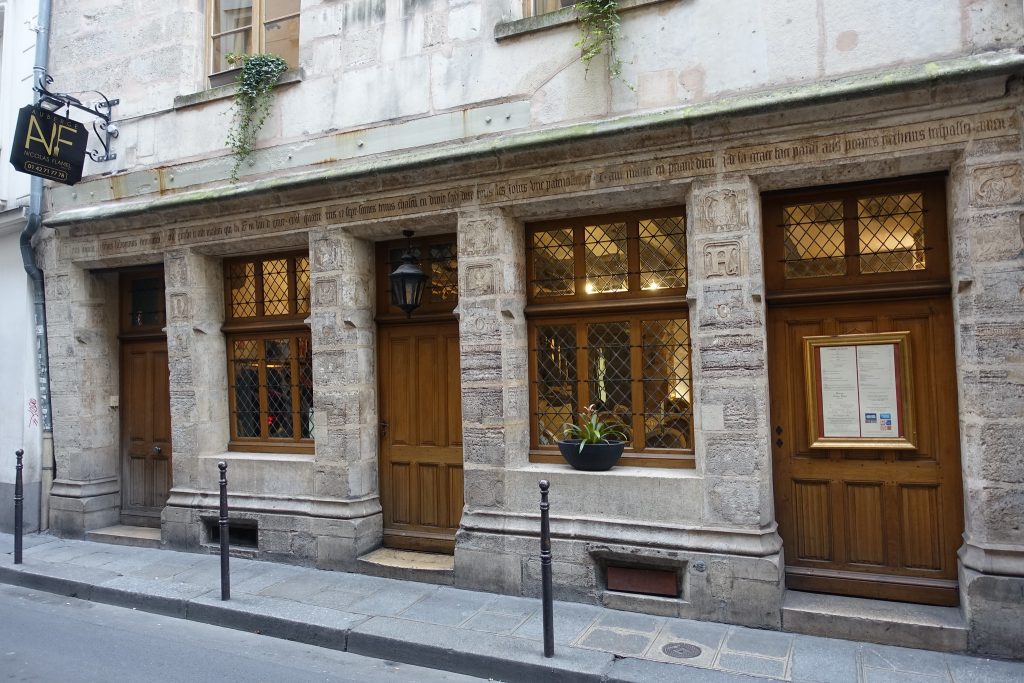
Nicolas Flamel had acquired a certain fortune and invested in several houses in this district, in which he housed workers and farmers. His fortune sparked rumors, and it was attributed by some to successes in alchemy. The house remained for a long time a subject of curiosities because of its meticulous decorations and inscriptions, including drawings of angel musicians, and even the initials of Nicolas Flamel. What if he had hidden in these inscriptions some alchemical formulas?
More realistically, Nicolas Flamel had mostly managed his affairs well and had a financially interesting marriage with a woman who was already twice widowed. So this might not be the best place to find out how to turn lead into gold.
The churches
One might think that it is much easier to find tracks of the Middle Ages in churches. This is only partly true. In fact, between the destruction which occured during the French Revolution and those of the Second Empire, a good part of the medieval churches disappeared.

Within the scope of our visit, you will find a beautiful example with the Saint-Jacques Tower. It was initially the old bell tower of the church Saint-Jacques-la-Boucherie, but the rest of the church was destroyed after the Revolution. Its stone lacework is characteristic of the Middle Ages, but it also foreshadows the Renaissance architecture, with openings in full (round) arches rather than ogives.
To follow the tour “Paris in the Middle Ages”
- Download the application A walk in Paris (it’s free).
- Then go to the Guided routes tab.
- You can follow a route around 7 medieval sites, with GPS guidance.
- If you like it, please consider giving the app a 5-star rating in the Play Store.


